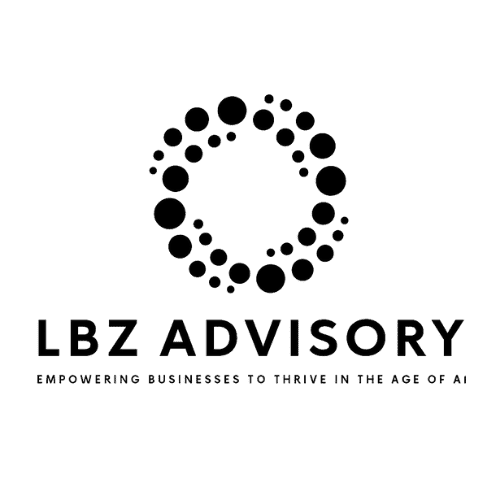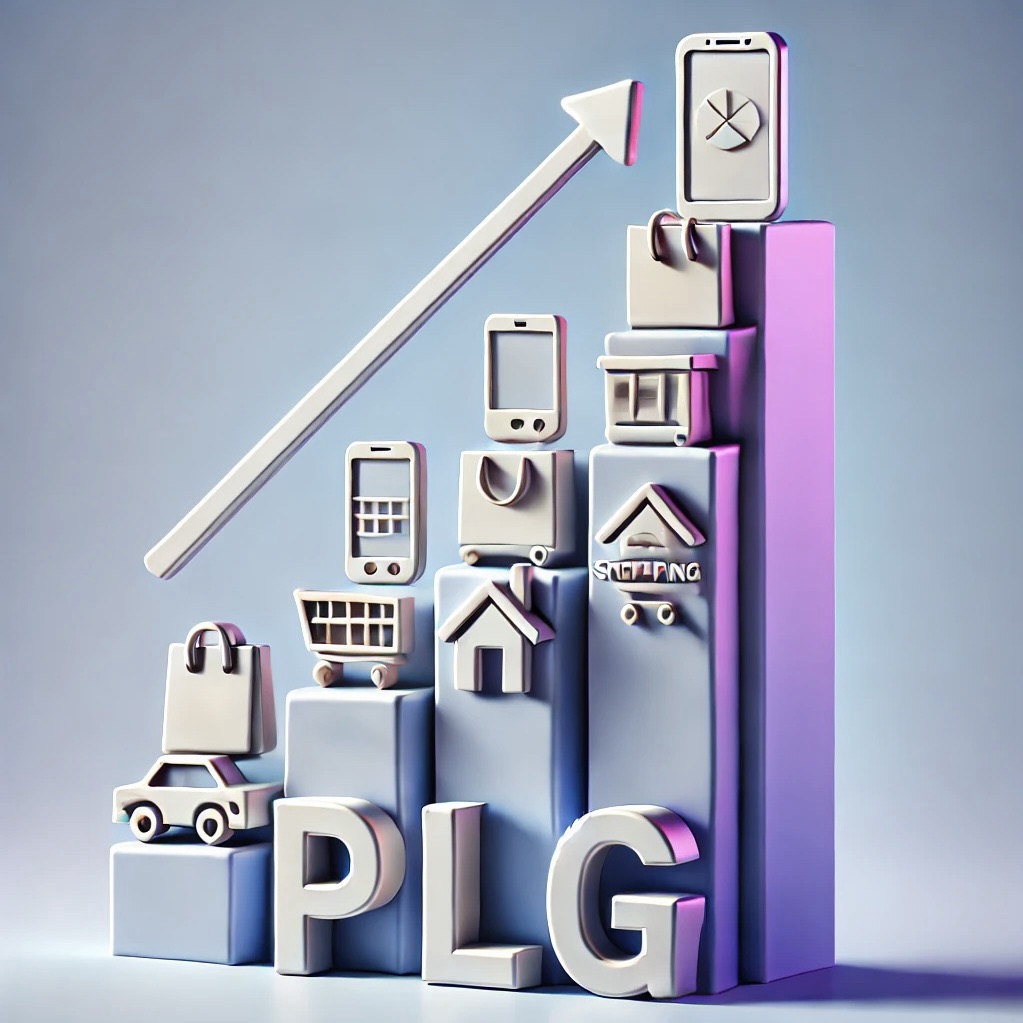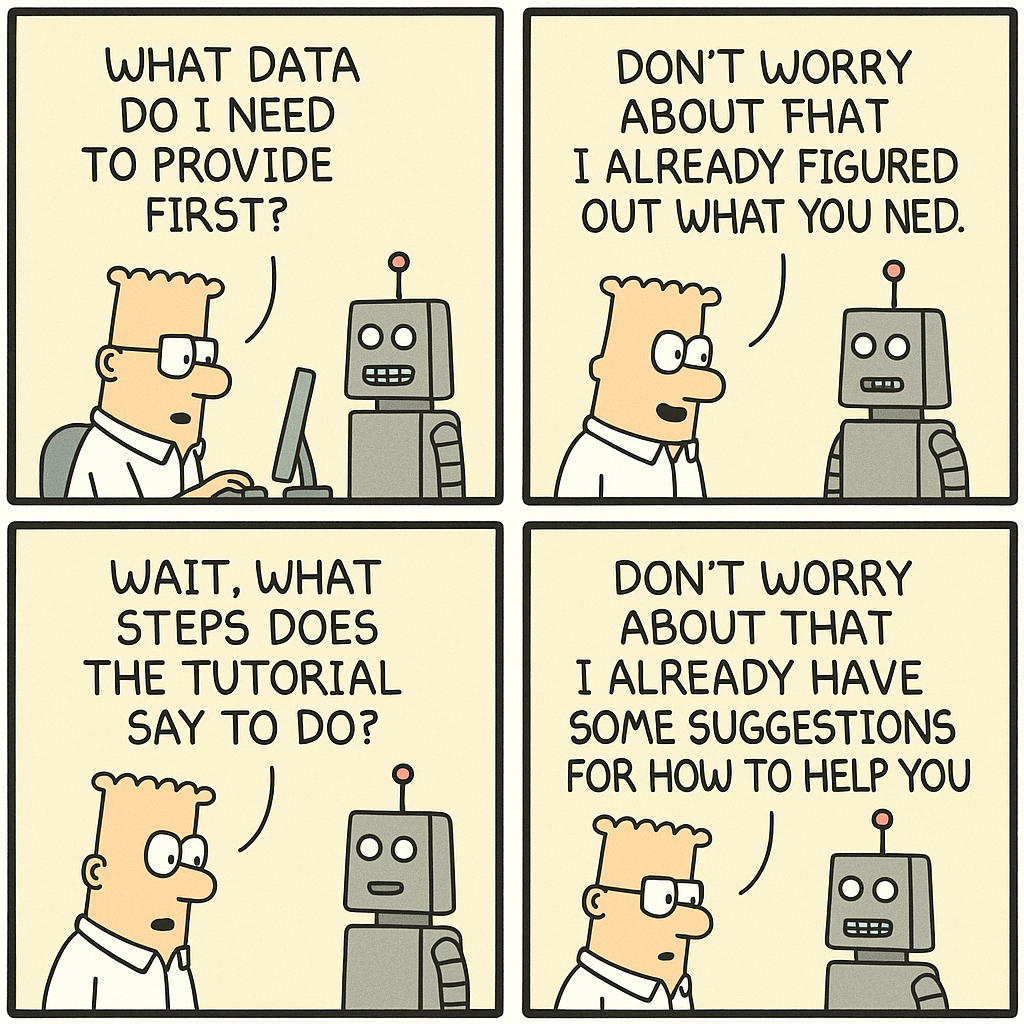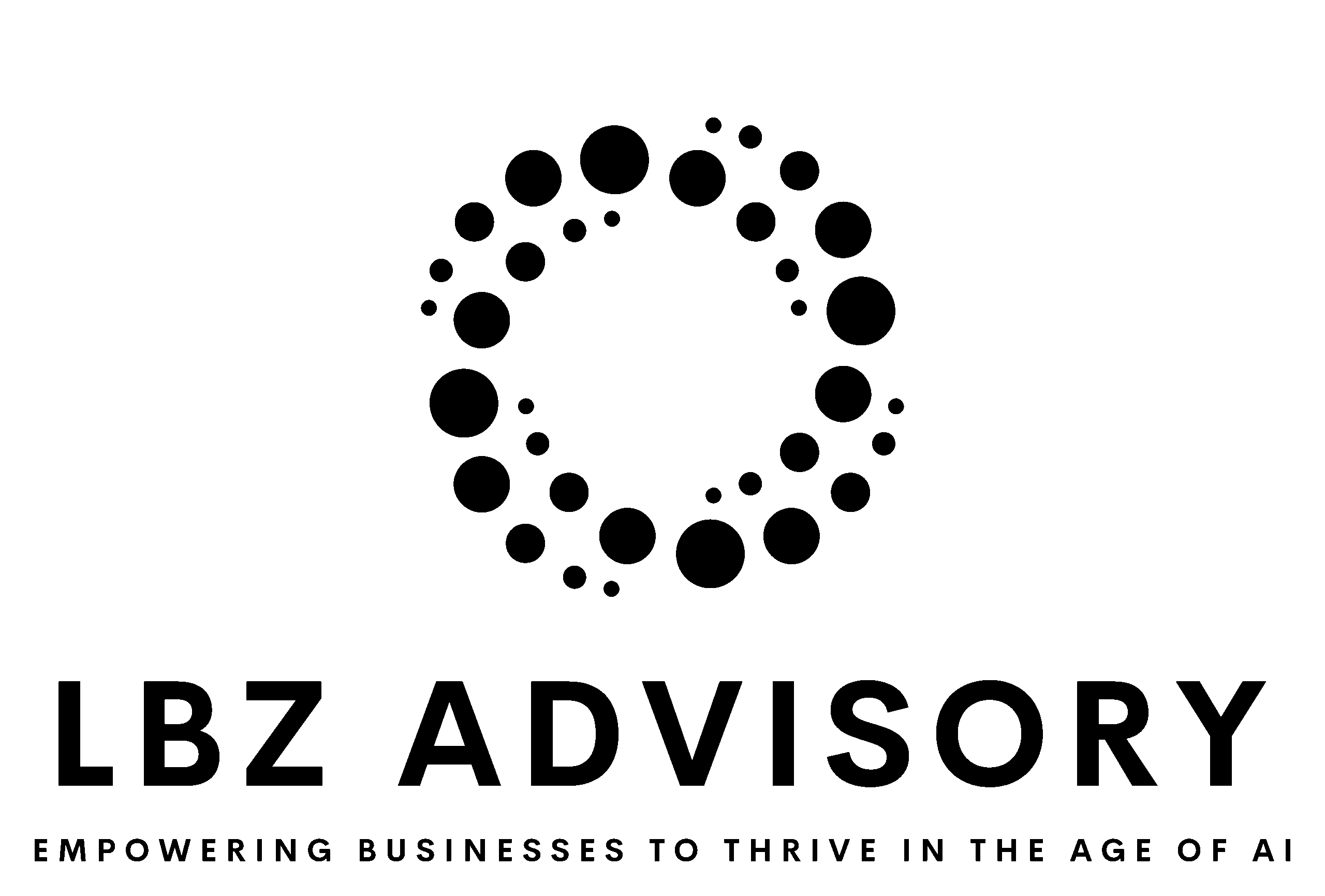Product-Led Growth (PLG) has reshaped the SaaS industry by letting products drive customer acquisition, retention, and expansion. But PLG isn’t just for software companies. Its principles can be applied across many industries, from food services and hospitality to healthcare, retail, and hardware products. Let’s explore how key PLG strategies, successful in companies like Slack, Spotify, and Dropbox, can accelerate growth in these diverse sectors.
What is Product-Led Growth?
PLG is a strategy where the product itself is the primary driver of customer growth. By creating an exceptional product experience, companies can attract and retain customers organically, often reducing the need for aggressive sales tactics. While PLG has been a powerhouse in SaaS, its principles are versatile enough to benefit almost any industry.
Core PLG Principles and Their Cross-Industry Applications
1. Freemium Model
SaaS Example: Companies like Spotify and Dropbox offer free basic services to entice users to upgrade to premium versions. This model allows users to experience value before committing to a paid plan.
Cross-Industry Applications:
- Retail: Fashion retailers offering a free basic wardrobe subscription, with the option to keep and pay for items they love.
- Hospitality: Hotels providing a free night stay with the booking of a longer vacation package.
- Automotive: Free trials of premium features like advanced driver assistance systems (ADAS) for a limited time or mileage.
- Home Products: Smart home device manufacturers offering basic functionality for free, with premium features as paid upgrades.
2. Self-Service Onboarding
SaaS Example: Slack and Trello guide users through the platform with interactive tutorials, allowing them to discover features on their own.
Cross-Industry Applications:
- Retail: Interactive digital displays in stores guiding customers through product features and styling options.
- Hospitality: Virtual concierge services in hotels, helping guests explore amenities and local attractions.
- Automotive: In-car guided tours and contextual tips for feature exploration, activated when the car is stationary.
- Home Products: AR-enabled apps that guide users through setup and feature discovery of new appliances.
3. Usage-Based Upsells
SaaS Example: Zoom prompts upgrades when users hit free account limits.
Cross-Industry Applications:
- Retail: Loyalty programs that unlock exclusive products or discounts based on purchase frequency or volume.
- Hospitality: Airlines offering seat upgrades based on miles flown or booking patterns.
- Automotive: Suggesting premium features or subscription upgrades based on driving patterns or feature usage.
- Home Products: Smart fridges recommending premium food delivery services based on consumption patterns.
4. Gamification
SaaS Example: Duolingo uses streaks, levels, and rewards to increase engagement.
Cross-Industry Applications:
- Retail: Gamified shopping experiences with points, badges, and leaderboards for trying new styles or participating in sustainability initiatives.
- Hospitality: Reward systems for guests who explore different hotel amenities or achieve wellness goals during their stay.
- Automotive: Points and badges for safe driving behaviors, feature utilization, or eco-friendly practices, redeemable for real-world perks.
- Home Products: Gamified energy-saving challenges for smart home users, with rewards for meeting efficiency targets.
5. Community Advocacy
SaaS Example: Notion and Figma leverage user communities for product evangelism and support.
Cross-Industry Applications:
- Retail: Brand-specific social platforms where customers can share outfit ideas and shopping tips.
- Hospitality: Travel communities where guests can share experiences, tips, and recommendations.
- Automotive: Owner communities for sharing driving experiences, tips, and feature recommendations.
- Home Products: User forums for sharing recipes, cleaning tips, and creative uses for appliances.
6. Viral Loops
SaaS Example: Dropbox offers extra storage for referrals, naturally expanding its user base.
Cross-Industry Applications:
- Retail: Referral programs offering discounts to both the referrer and the new customer.
- Hospitality: “Bring a friend” promotions for restaurants or hotels, with benefits for both parties.
- Automotive: “Guest driver” modes to showcase unique features, with rewards for both the owner and new purchases resulting from referrals.
- Home Products: Referral programs for smart home ecosystems, offering expanded functionality for successful referrals.
7. Usage Reports and Insights
SaaS Example: RescueTime provides personalized productivity reports to drive continued engagement.
Cross-Industry Applications:
- Retail: Personalized style reports based on purchase history and wear frequency.
- Hospitality: Post-stay reports highlighting amenities used, loyalty points earned, and suggestions for future visits.
- Automotive: Monthly “driving experience” reports highlighting safety features used, fuel/energy saved, and personalized driving insights.
- Home Products: Weekly or monthly smart home reports showing energy savings, usage patterns, and tips for optimization.
8. Continuous Value Delivery
SaaS Example: Salesforce regularly pushes new features via cloud updates.
Cross-Industry Applications:
- Retail: Regular updates to mobile shopping apps with new features like AR try-ons or personalized recommendations.
- Hospitality: Continuously updated in-room entertainment systems or mobile concierge apps.
- Automotive: Regular over-the-air updates adding new features or optimizing existing ones in connected cars.
- Home Products: Frequent firmware updates for smart home devices, adding new functionalities or improving performance.
9. Product Analytics
SaaS Example: Amplitude helps companies understand user behavior to drive product decisions.
Cross-Industry Applications:
- Retail: Analyzing in-store and online browsing patterns to optimize product placement and recommendations.
- Hospitality: Using guest behavior data to personalize services and improve facility layouts.
- Automotive: Leveraging driving data to inform feature development and personalize the driving experience.
- Home Products: Analyzing usage patterns of smart home devices to drive product improvements and new feature development.
Implementing PLG in Your Industry
Ready to adopt PLG principles in your non-SaaS business? Here are some steps to get started:
- Identify Your Product’s Core Value: Understand what makes your product or service essential to users.
- Create a Frictionless First Experience: Make it easy for new users to experience your product’s value quickly.
- Implement Usage Analytics: Gather data on how customers interact with your product to inform improvements.
- Develop a Growth Roadmap: Plan how your product will evolve to meet user needs and drive engagement over time.
- Foster a User Community: Create platforms for users to share experiences and provide feedback.
- Align Your Team: Ensure all departments, from product development to marketing, are focused on product-led strategies.
Conclusion
Product-Led Growth is no longer the exclusive domain of SaaS companies. As we’ve seen, its core principles can be creatively applied across retail, hospitality, automotive, and home products industries. By centering your growth strategy around the product experience, you can drive customer acquisition, boost engagement, and accelerate business growth, regardless of your sector.
Are you ready to lead with your product? The future of growth is here, and it’s product-led across all industries.
Want to learn more about implementing PLG strategies in your specific industry? Contact LBZ Advisory for a personalized consultation.
















